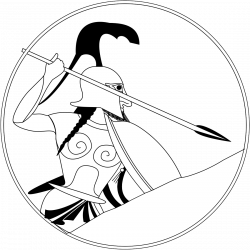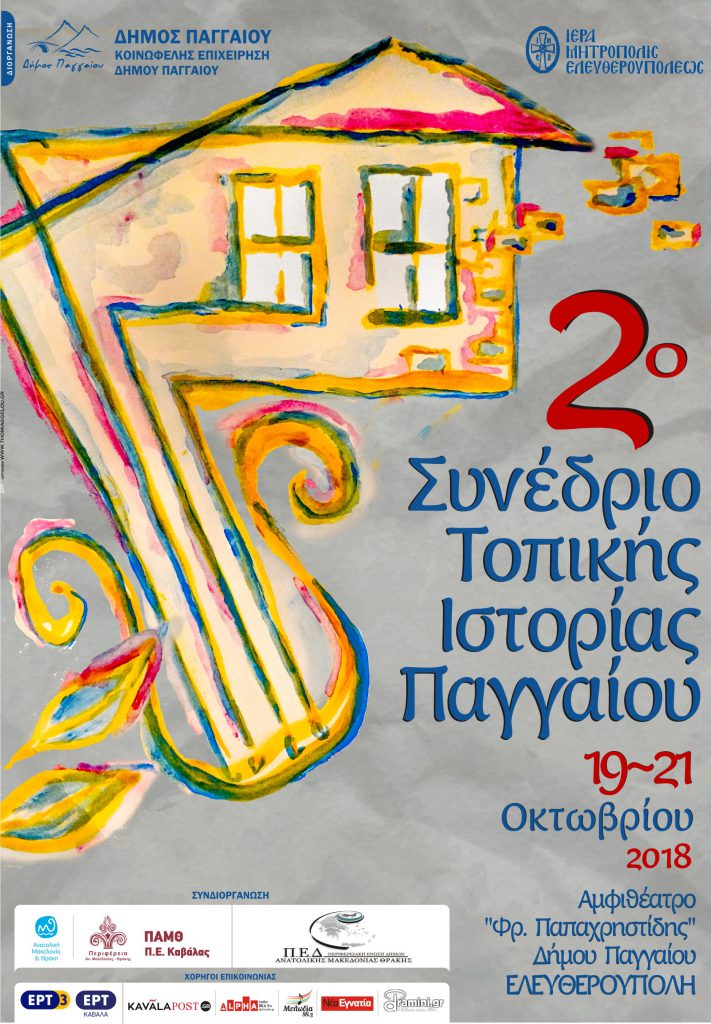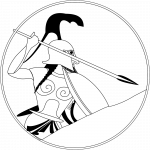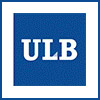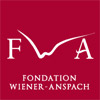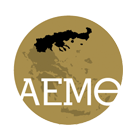As the year changes, we return to our blog with an overview of our recent work. The past months have been particularly hectic, with finalising our first major publication, the preparation of new presentations, the chemical analysis of finds and laying the groundwork of a new museum exhibit focusing on our recent research. For now, we present you with a general overview of our recent and upcoming work; a more detailed report on our activities will follow shortly.
Publication: ΕΝΤΟΣ ΑΜΩΜΗΤΟΝ: An Argive-type shield from the Sanctuary of Oisyme
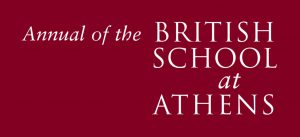
Dr. Yangos Chalazonitis, in collaboration with Drs Chaido Koukouli-Chrysanthaki and Dimitria Malamidou, has published an article in the Annual of the British School at Athens: an INT1-ranked peer-reviewed journal of Greek Archaeology. The article is available through Cambridge Core (final version) and the institutional repository of the Université Libre de Bruxelles (postprint version). Continue reading “2018-2019: A retrospective of the end of 2018 and future plans”

